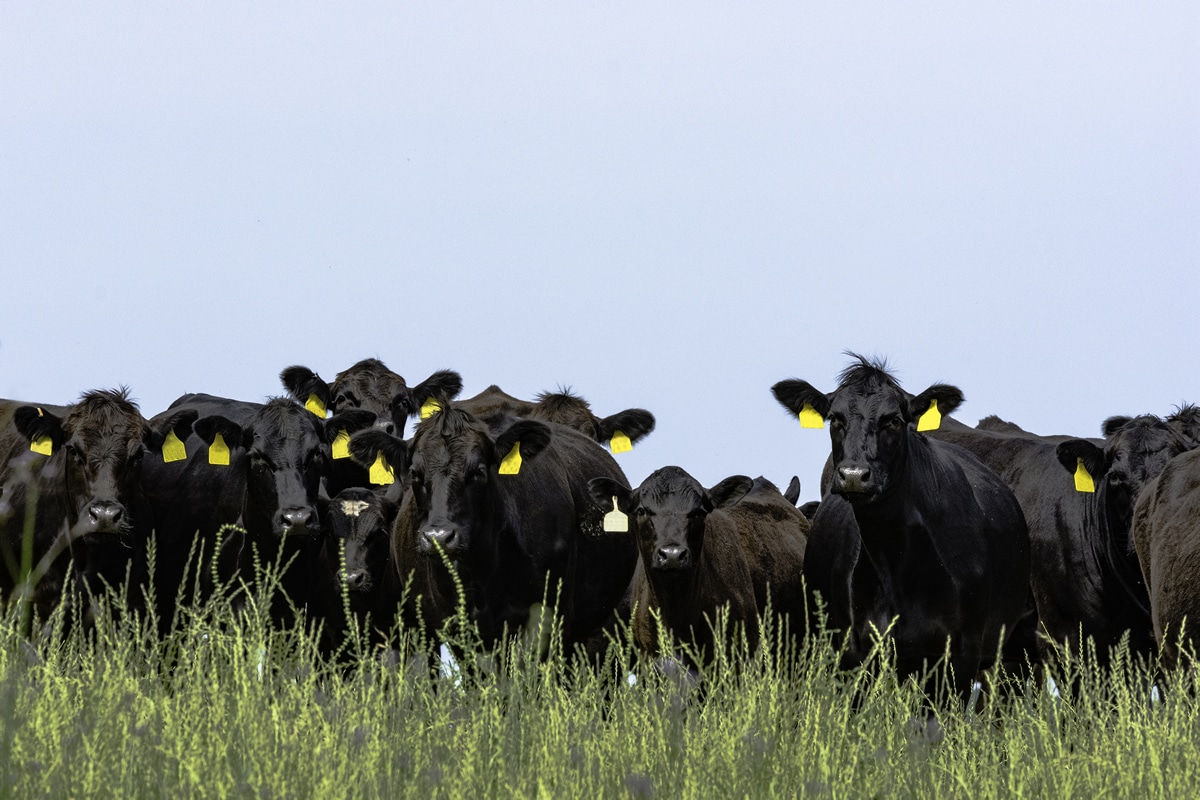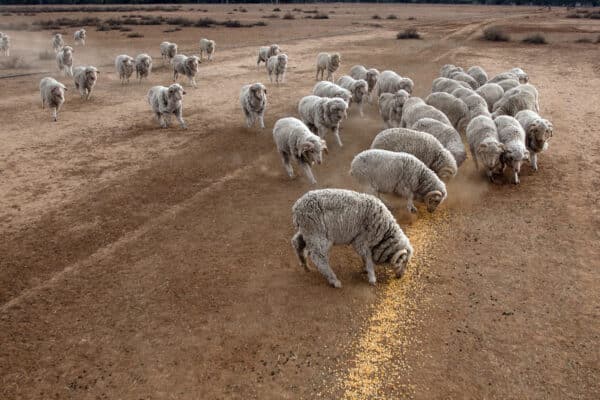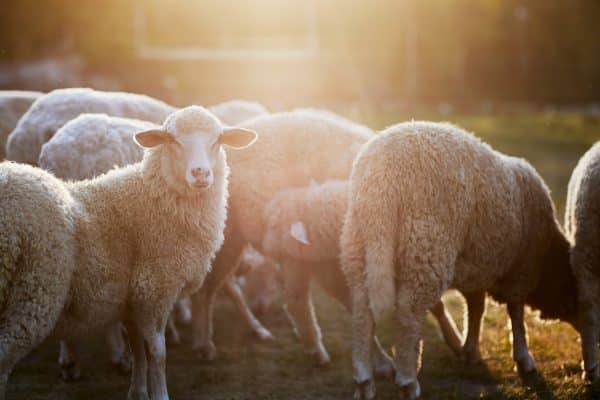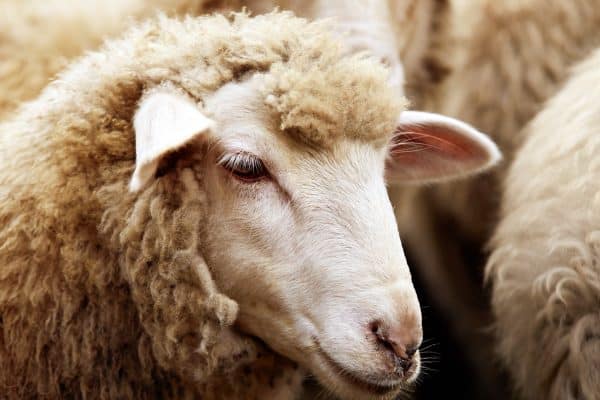Autumn and spring rainfall (or irrigation) can deliver exceptional growing conditions for plants. With soil fertility, moisture and warm temperatures plant growth can be dramatic. Production of rapidly growing lush crops and pasture are the things many producers dream of…but are they being used to maximum efficiency?
Plants require concentrations of essential nutrients such as nitrogen, potassium and phosphorus, which drive the rapid cellular division seen in these “green feeds”.
While nutrients like nitrogen and potassium are required in high concentrations for plant growth, the animal ingesting this plant material struggles to digest and absorb the nutrient effectively. This poor level of nutrient transfer between plant and animal causes massive physical and financial losses to producers.
While the nutrients being supplied to the animals are essential for production, the concentration and ratios are not ideal for maximum efficiency. Nutrients in excessively high concentrations are recognized by the animal as a toxic substance. This toxicity evokes a response to filter and expel these excessive nutrients. Filtration and expulsion is a very energy expensive process, the diversion of energy away from production results in lower productivity.
To counteract the impact of rapidly growing feedstuffs we need to deliver supplements that assist in correcting the toxic loading, which inhibits production.
High Nitrogen
Increasing ruminal fermentation rates is key in reducing the impact that high nitrate concentrations can have. Micro flora in the gut needs a supply of nitrogen for proper metabolic function. Generally speaking, feeds that contain 2.3-2.5% nitrogen are more than adequate for growing steers, heifers and lambs. Over supply of nitrogen is very often seen, well-fertilised forage crops can potentially deliver double these levels of nitrogen. This excessive supply of nitrogen is seen as a digestive upset commonly known as the “scours”. It is not the high moisture concentrate in the feed that causes the diarrhoea; it is the excessive nitrogen compounds causing an irritation in the gastro intestinal tract.
To correct this, supplying nutrients that excite the micro flora to reproduce and replicate is the key. The higher the microbe population within the rumen the less nitrogen compounds that can continue further down the digestive tract and the less that adsorbed into the blood stream from within the rumen. This lower “loading” results in less energy being used for filtration and more energy available for growth.
Apart from significant over supply of nutrients that cause a toxicity response, some nutrients antagonize the availability of other nutrients. For example, excessive delivery of Potassium within a diet plays a significant role in reducing the availability of other key nutrients. One of the most common interactions is the relationship that Potassium has with Magnesium. Magnesium has a key role in transmitting signals from the brain, down the nerve fibers and to the muscles. This reduction in available magnesium caused by the tie up from the high concentration of Potassium results in scrambled signals being transmitted. This “scrambling” can be seen in the erratic behavior of stock when they are being handled coming off green feed. Interference with muscle messaging can be seen physically, but the real cost is not seen. Remembering that the digestive system of these animals is encased in a complex web of smooth muscles, the ability for food transfer, breakdown and adsorption all relies upon the activity of these key smooth muscles. This poor muscle control results in poor profitability due to feed wastage.
Also remember that the reproductive system is also covered smooth muscles, successful calving and lambing relies upon the same transmission of signals from the brain to the uterus. This is commonly seen as “lazy lambers” or “lazy calvers”.
In summary, managing green feed comes down to some simple points:
• We must first acknowledge that green feed provides substantial challenges to the ruminant.
• The generally accepted scouring and weight loss should not be accepted.
• Managing green feed requires a balancing of the diet to reduce toxicity loads.
• Reduce the impact of oversupply of nutrients.
• Excite the rumen micro flora to capture the potential that lies with both the feed and the animals grazing it.




